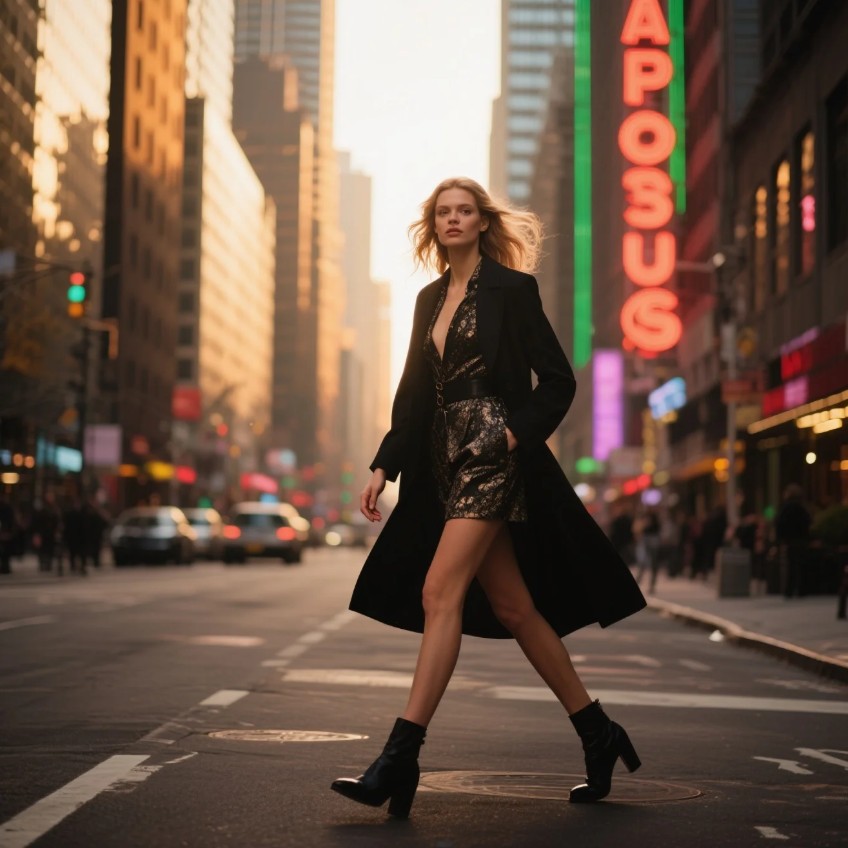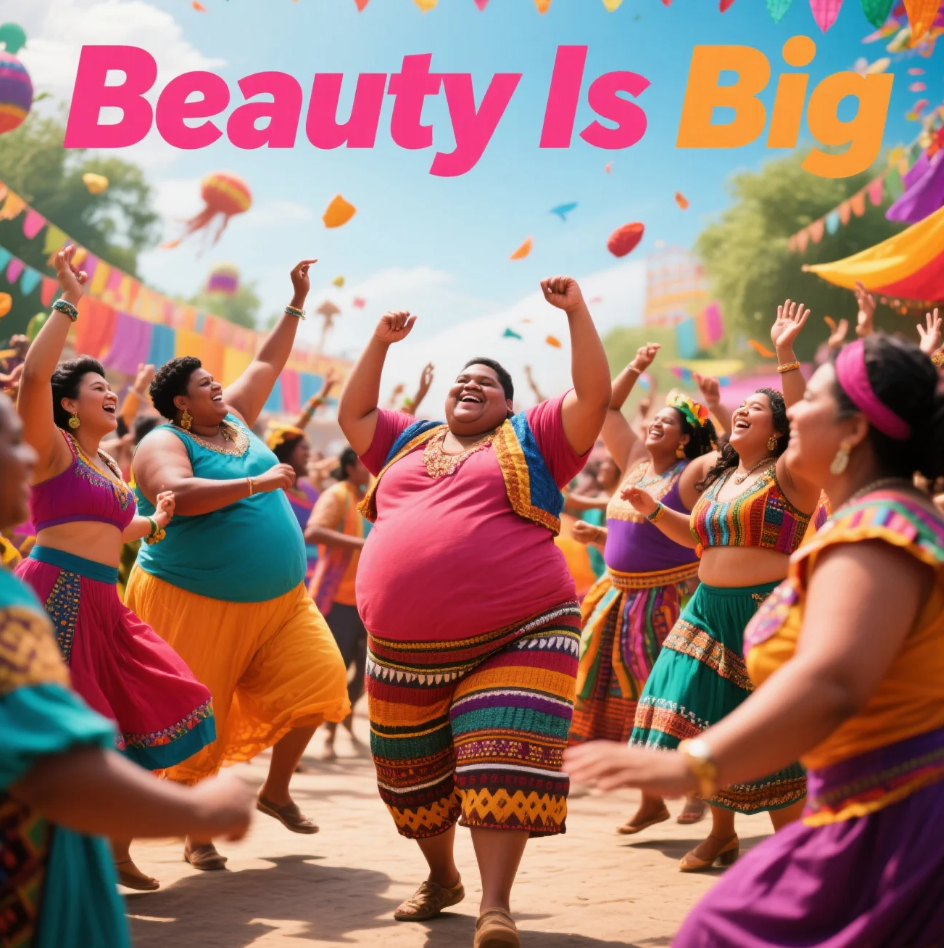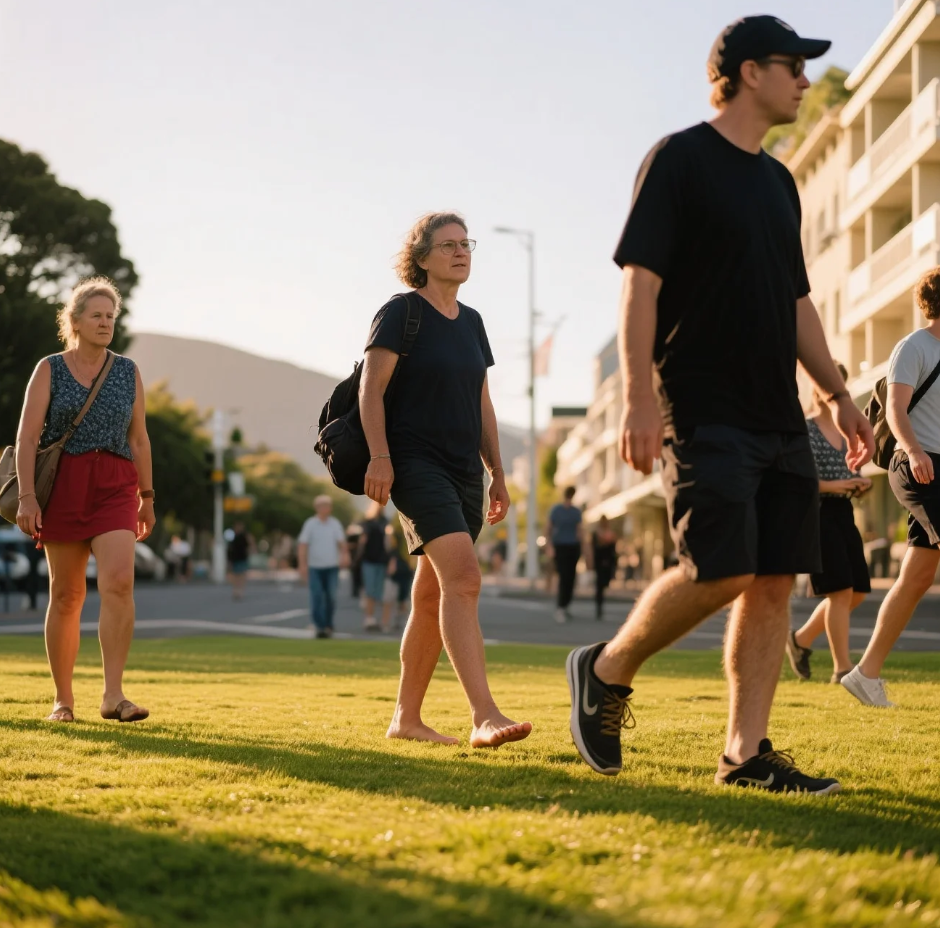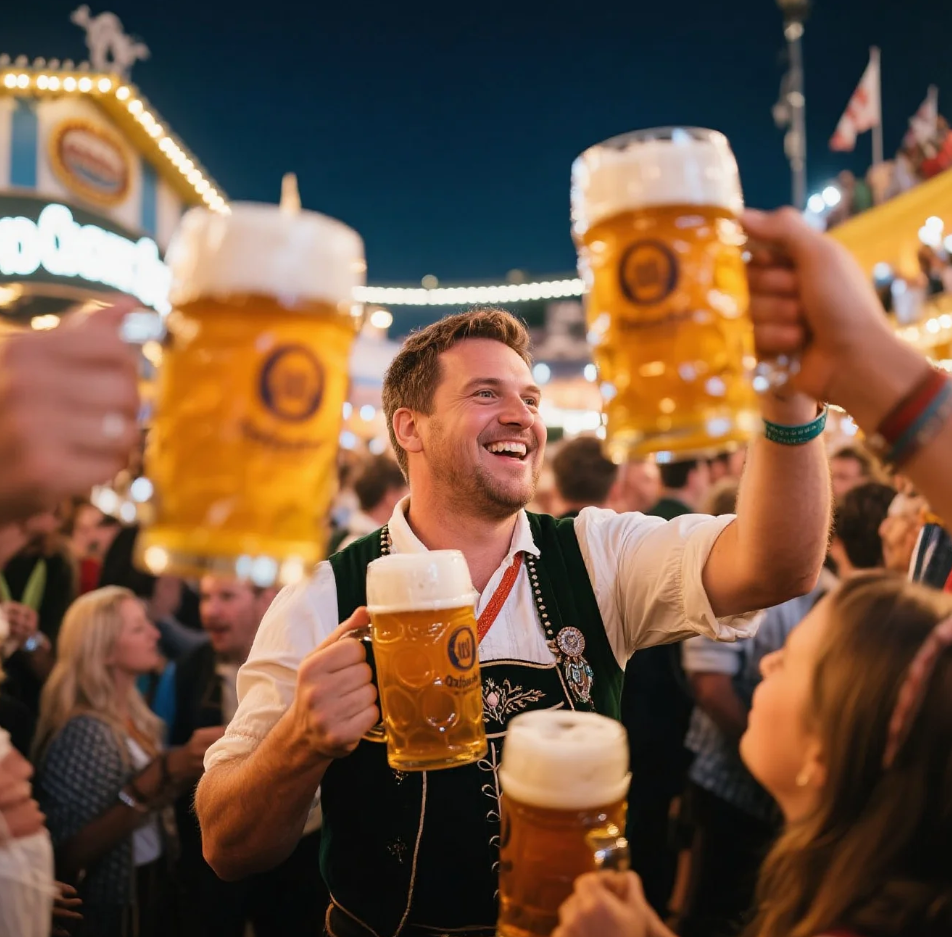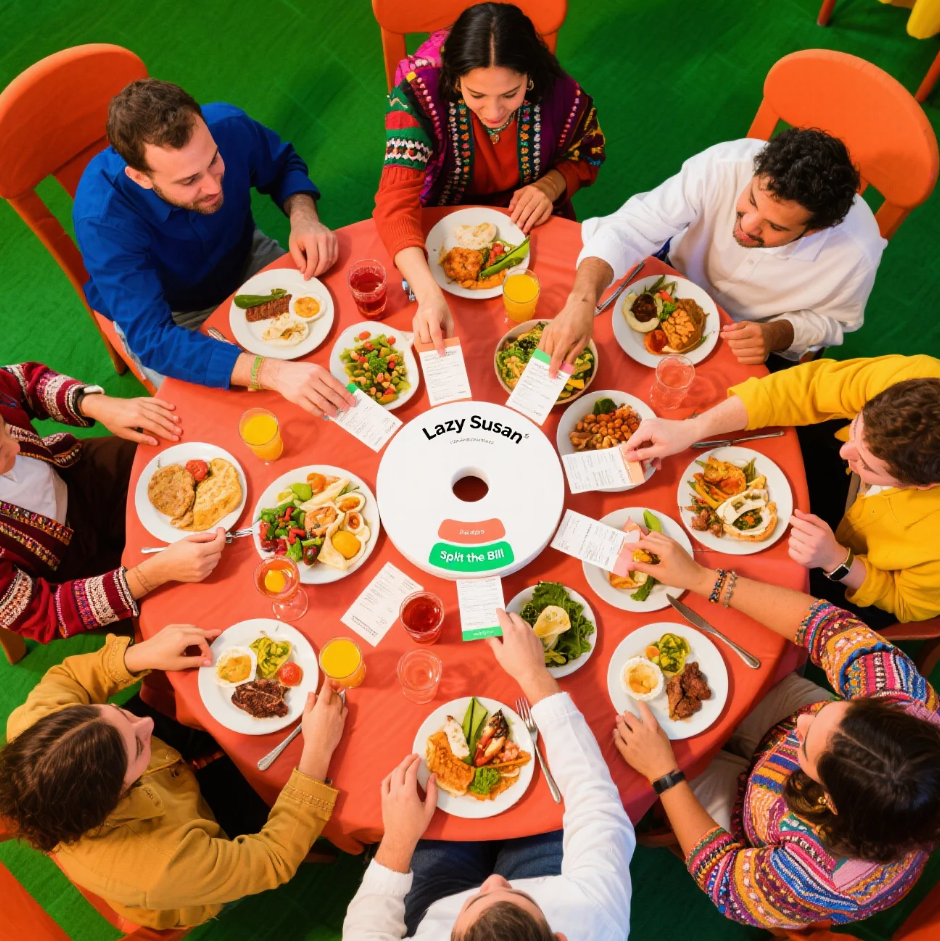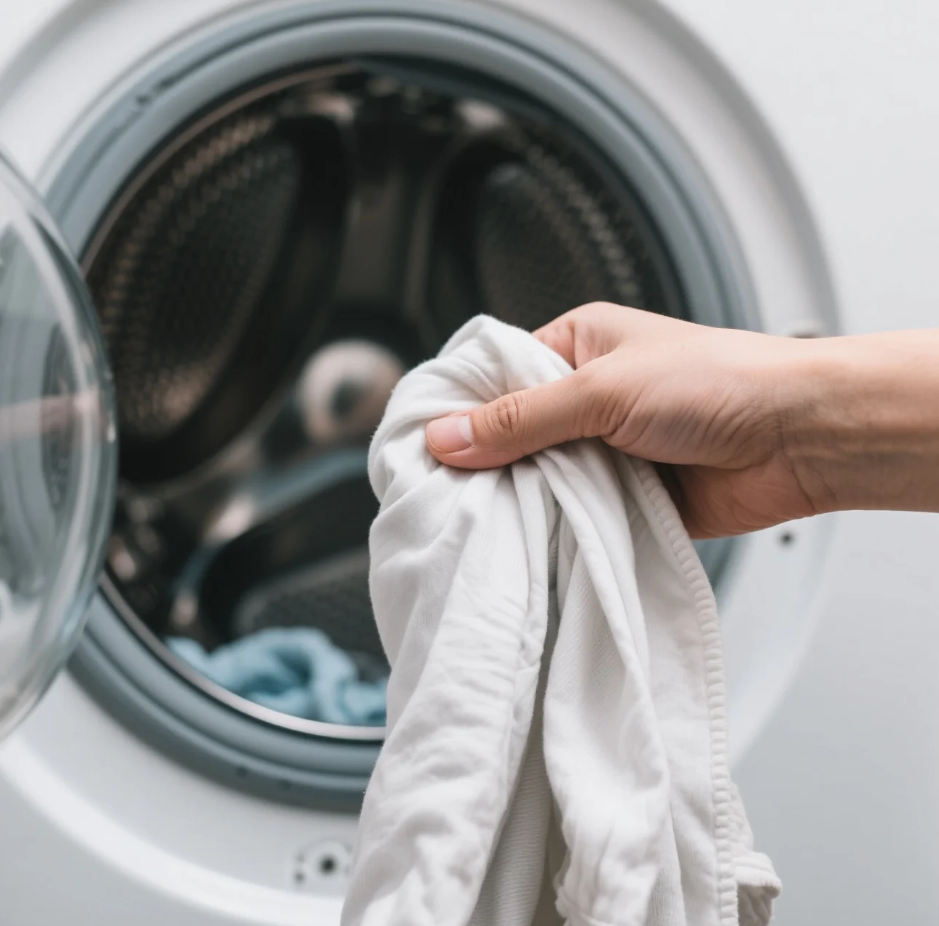
(Or: How to Become a Human Lie Detector Without Going Full Sherlock Holmes 🕵️)
Have you ever had that gut feeling someone wasn’t being entirely honest… even though their words said all the right things?
Congratulations! You may have spotted a microexpression.
No, it’s not a tiny emoji.
It’s a fleeting, involuntary facial expression that reveals someone’s true emotion—even if they’re trying to hide it. Think of it like the emotional version of a Freudian slip, but for your face.
And guess what?
Learning to read microexpressions is like unlocking cheat codes for real-life conversations.
Let’s decode them—face by face, twitch by twitch.
🤔 What Are Microexpressions, Anyway?
Microexpressions are brief, involuntary facial expressions that appear on a person’s face when they’re experiencing an emotion—especially when they’re trying to conceal it.
They typically last for 1/25th to 1/5th of a second, so unless you’re paying attention, they’re gone before you can say “bluffing.”
Developed from research by psychologist Paul Ekman, microexpressions are universal across cultures and linked to our evolutionary survival systems. Think “I’m scared of this saber-toothed tiger, but pretending to be brave”—your face disagrees.
Why Should You Learn to Read Microexpressions?
- 🎯 Spot lies, stress, and discomfort instantly
- 🧠 Boost emotional intelligence (Yes, EQ matters—ask your HR rep)
- 💼 Ace interviews, negotiations, and meetings
- ❤️ Understand what your partner really feels when they say, “I’m fine.”
And let’s be real: It’s also a bit of a party trick.
“Hey, your left eyebrow just betrayed you—wanna talk about it?” 😏
The 7 Universal Microexpressions (And How to Spot Them)
According to Ekman, there are seven universal emotions that people express through microexpressions—no matter your culture, language, or zodiac sign.
Let’s break them down:
1. 😲 Surprise
Facial Signs:
- Eyebrows raised (arches like whoa)
- Eyes widen like they’ve seen a ghost
- Mouth opens slightly (jaw drop style)
Duration: Super brief—if they hold it too long, they’re acting surprised.
Spot It:
Used when someone gets unexpected news—real surprise is always short. Anything longer is theater 🎭.
2. 😠 Anger
Facial Signs:
- Eyebrows down and together (unibrow-in-training)
- Eyes glare intensely
- Lips tight or pressed
Bonus tip: You may see nostril flaring too, which means “I’m holding it in.”
Spot It:
Even if someone says “No, I’m not mad,” that twitchy brow says otherwise.
3. 😨 Fear
Facial Signs:
- Eyebrows raised and pulled together
- Eyes wide open—but upper eyelids raised more than in surprise
- Mouth slightly open and lips stretched back horizontally (grimace-y)
Spot It:
Fear looks like surprise had a nervous breakdown. It’s tighter, more panicked.
4. 😡 Disgust
Facial Signs:
- Nose wrinkles (like they just smelled a gym sock)
- Upper lip raised
- Often comes with a head tilt away from the source
Spot It:
This face literally says, “ew.” Whether it’s spoiled milk or someone’s opinions.
5. 😞 Sadness
Facial Signs:
- Inner corners of the eyebrows raised (puppy dog face)
- Eyes droop
- Lips pulled down slightly
Spot It:
This one’s often very quick and subtle. But once you notice it, it’s heartbreak in a blink.
6. 😊 Happiness
Facial Signs:
- Corners of the mouth lift symmetrically
- Crucial: Eyes crinkle with crow’s feet (Duchenne smile)
Spot It:
Fake smiles don’t involve the eyes. Real happiness wrinkles the heck out of the face.
7. 😐 Contempt (The Sneaky One)
Facial Signs:
- Only one side of the mouth raises (smirk-ish)
- Sometimes accompanied by eye-rolling or a side glance
Spot It:
Think “Oh please.” It’s subtle, sarcastic, and often misread as a smile. But nope—it’s judgment in disguise.
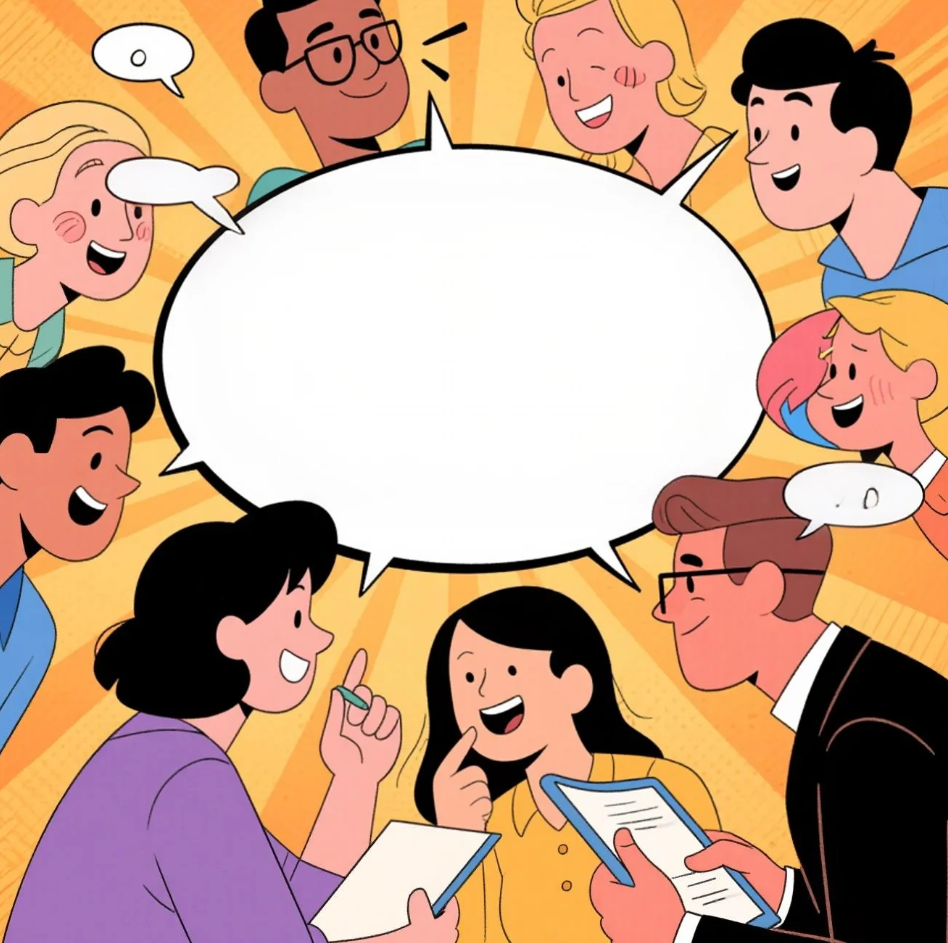
🧪 How to Practice Reading Microexpressions
Like any skill (or Netflix binging), it gets better with practice.
Try This:
- Watch muted TV shows or political interviews
Guess what people are feeling before their words betray them. - Use online tools – Try websites like “microexpression training tool” or YouTube clips in slow motion.
- Observe real-life convos (Just… maybe not like a creep.)
Public transport, cafes, Zoom calls—people’s faces leak more info than they realize.
👀 Common Places Microexpressions Show Up
- Job interviews: “That’s a great question!” 😬
- Dates: “I love your taste in movies.” 😖
- Negotiations: “We’re not budget-constrained.” 😠
- Family dinners: “This casserole is… interesting.” 😐
Knowing what someone really feels—versus what they say—is like having emotional subtitles.
❗ Microexpression vs. Body Language – What’s the Difference?
Think of it this way:
| Microexpression | Body Language |
|---|---|
| Happens in <1 sec | Can be sustained |
| Involuntary | Often intentional |
| Facial-only | Includes whole body |
| Hard to fake | Easier to manipulate |
Together, they make a dream team of human decoding. Sherlock would approve.
⚠️ Microexpression Misconceptions
“I can use this to tell if someone is lying!”
Whoa there, truth detective. Microexpressions show emotion, not intent. Someone showing fear might be nervous—not guilty.
“Everyone shows them the same way.”
While universal, intensity varies. Culture, personality, and Botox (seriously) can all affect visibility.
“Now I can read minds.”
Unless you’re Charles Xavier, no. This is data, not psychic power.
💡 Final Thought: See the Emotion Behind the Mask
We live in a world full of filtered photos, carefully crafted replies, and “I’m fine”s.
Learning to read microexpressions gives you a secret tool: empathy backed by observation.
You start seeing the things people don’t say—but feel deeply.
And sometimes, that makes all the difference.
TL;DR – Microexpression Cheat Sheet:
| Emotion | Key Facial Clues |
|---|---|
| Surprise | Raised brows, wide eyes, open mouth |
| Anger | Furrowed brows, tight lips, glaring eyes |
| Fear | Brows raised/pulled, tense mouth, wide eyes |
| Disgust | Nose wrinkle, raised upper lip |
| Sadness | Droopy eyes, downturned mouth |
| Happiness | Eye crinkles, symmetrical smile |
| Contempt | One-sided smirk |





